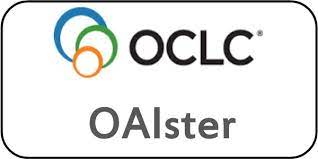A Cross-sectional Study on Prescribing Pattern for Children at Primary Healthcare Clinics
Keywords:
Pediatrics,, prescribing indicators,, antibiotics, s, demographic charactersAbstract
Rational prescribing for children is very essential as there is increased risk from the use of medicines in them
due to multiple reasons ranging from altered pharmacokinetics to long-term side effects. Drug-related needs of children
must be assessed on individual basis to meet appropriate healthcare outcomes. Aim: This cross-sectional descriptive study
aims at assessing drug use pattern and rationality in prescribing pattern as per World Health Organization (WHO) core
prescribing indicators. Material and methods: A cross-sectional and prospective study was carried out in private primary
healthcare clinics of Hyderabad, Telangana State. A total number of 300 prescriptions for children were reviewed. Patients'
demographic characteristics, diagnosis and drugs prescribed were recorded in a prestructured and validated data collection
form. Results: Average number of drugs per prescription were 1.92. Fever and upper respiratory tract infections were
found to be common complaints in this age group. Paracetamol was the most commonly prescribed medication and among
prescribed antibiotics, fluoroquinolones occupied the major part. About 67.3% of drugs were from the WHO Model List of
Essential Medicines for Children. The percentage of drugs prescribed with generic names was very less. Conclusion: In this
study, it was found that the prescription pattern in the selected primary healthcare centers in Hyderabad was in compliance
with the WHO prescribing indicators, except the generic prescribing practice.
Downloads
Published
Issue
Section
License
All open access articles published in IJCP are distributed under the terms of the CC BY-NC 4.0 license (Creative Commons Attribution-Non-Commercial 4.0 International Public License). This license permits unrestricted use, distribution, and reproduction of the articles in any medium for non-commercial purposes, provided that: The original authorship is properly and fully attributed. The IJCP is cited as the original place of publication with correct citation details. If an original work is reproduced or disseminated in part or as a derivative work, this must be clearly indicated. No articles are reproduced for commercial use without prior consent from the IJCP. All licensing requests and permissions for commercial use will be managed by the Publisher.










